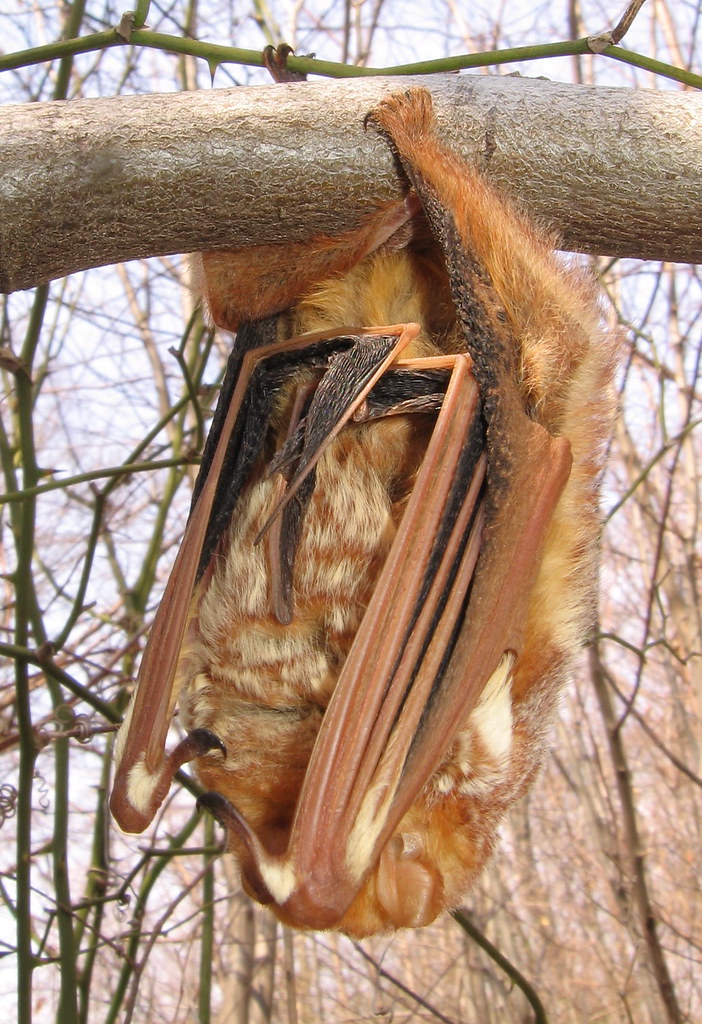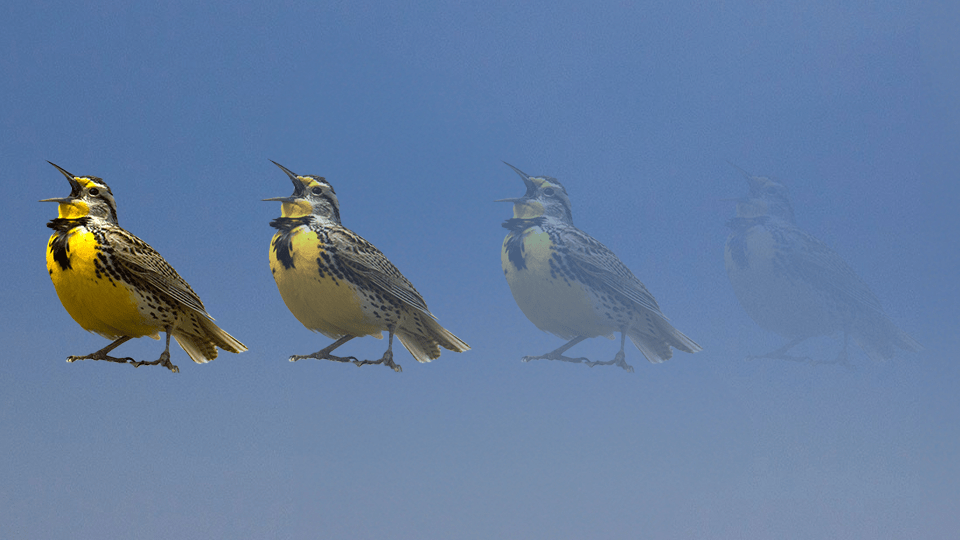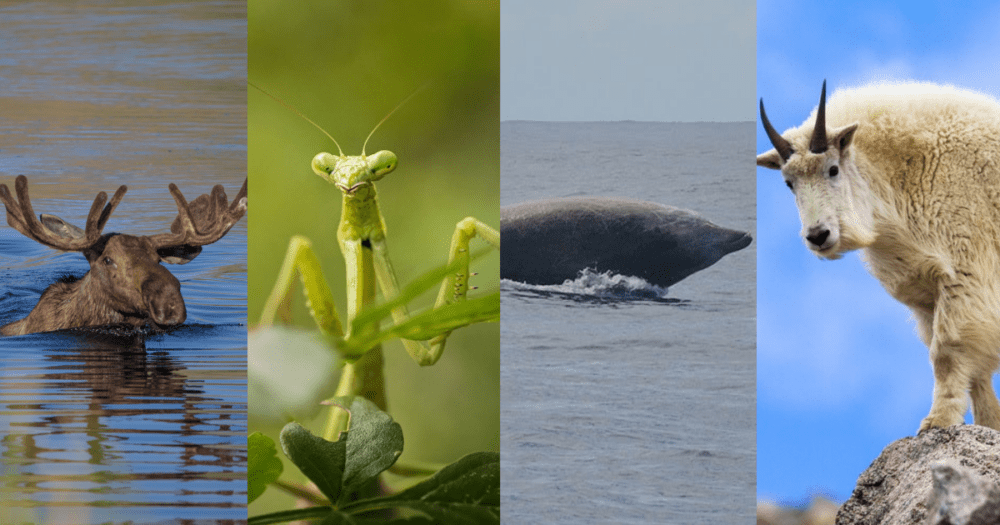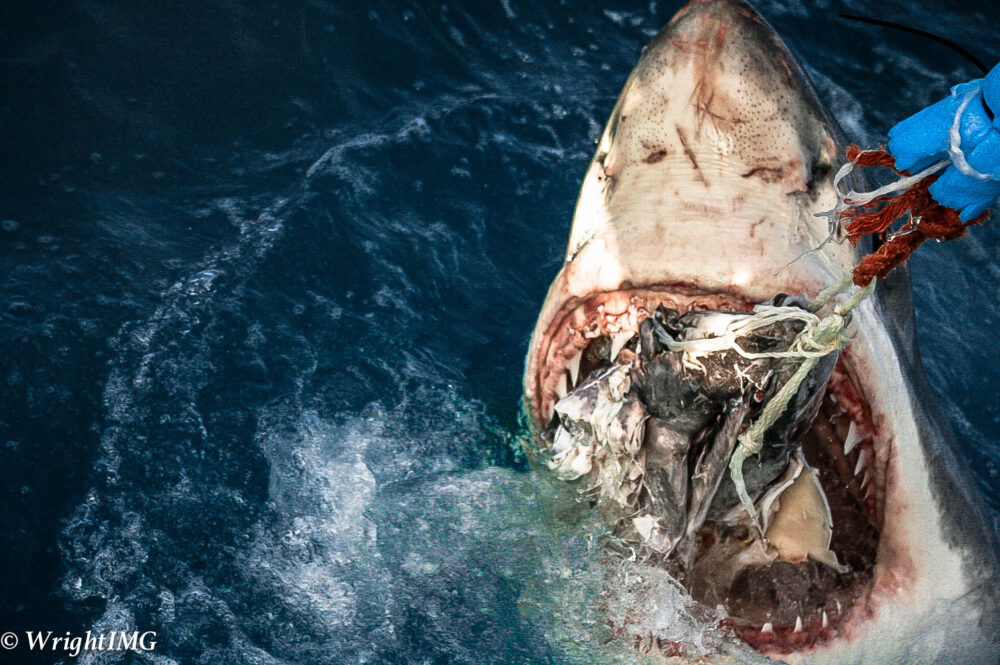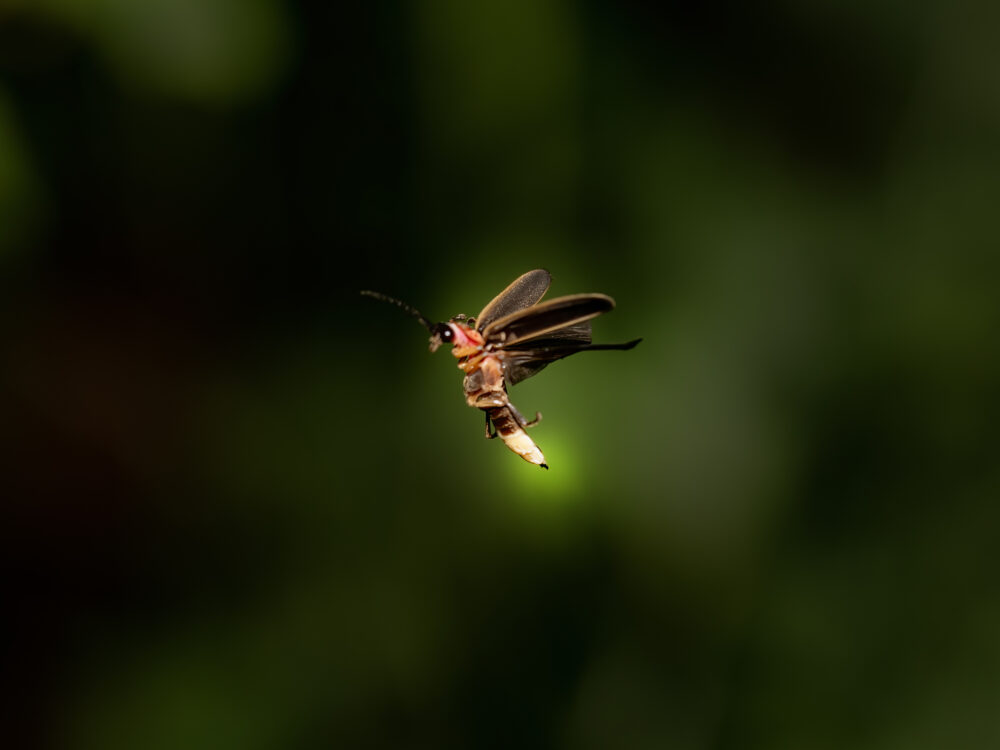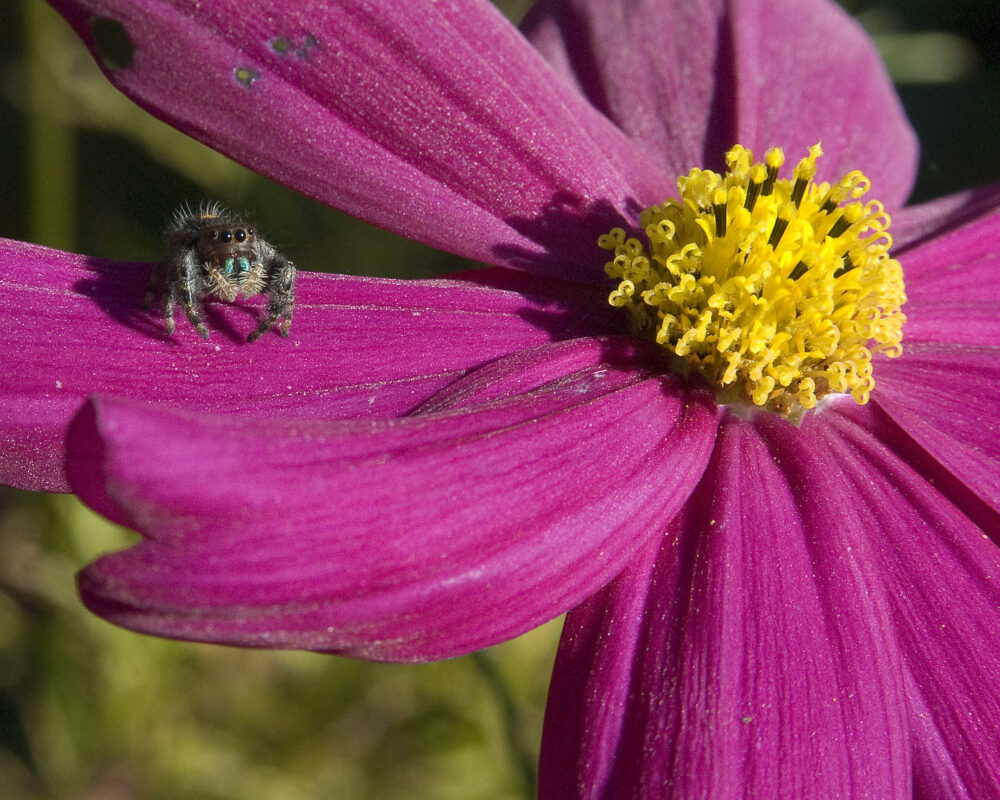We have much more to do and your continued support is needed now more than ever.
Say G’Day to Some of Australia’s Wildlife
As the United States gears up for winter’s approach, Australia is readying for summer. In the November issue of Ranger Rick magazine, one of Ranger Rick’s friends, Scarlett Fox, traveled to the Southern Hemisphere to enjoy the warmth and wildlife, and sent back some postcards about wildlife from Australia for readers to enjoy.
Most of the wildlife in Australia are found nowhere else on Earth. The world’s oldest continent contains more species than any other developed country. Meet some of the interesting Aussie wildlife Scarlett saw:
Kookaburra
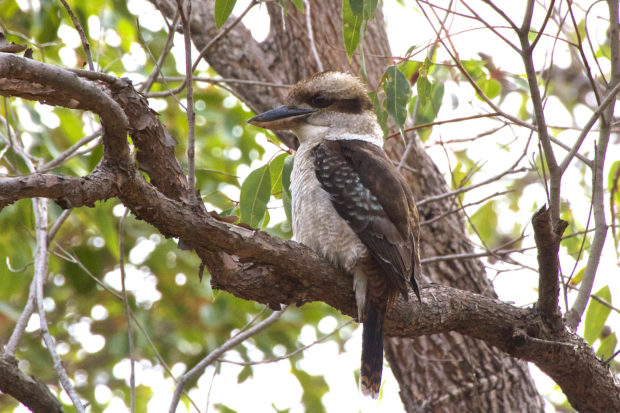
Kookaburras mate for life and sometimes will live in small family groups. They are carnivorous and eat snakes, mice, insects, and small reptiles.
Fun Fact: Kookaburras do not need to drink water because they can get all the moisture they need from their food.
Echidna
Australia is also home to two of the oddest mammals – the duck-billed platypus and the echidna — that are unusual because they lay eggs. Once a year, an adult female echidna will lay one egg about the size of a grape. Ten days later, a baby echidna, called a puggle, hatches and stays in its mother’s pouch until it’s old enough to remain in the burrow by itself as the mother searches for food.
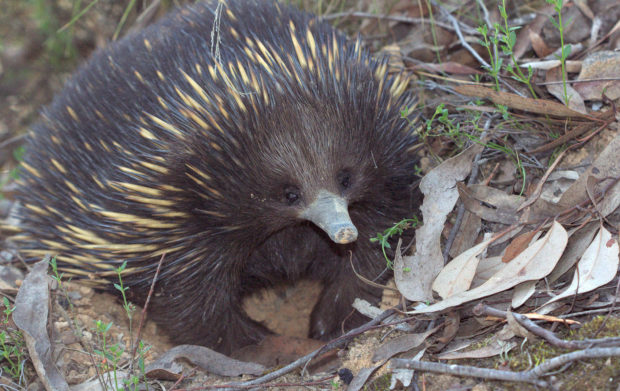
Fun Fact: Echidnas are one of the Earth’s oldest surviving mammal species.
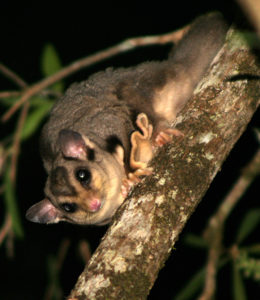
Sugar Glider
Australia is known for its multiple marsupial populations
it has more than 150 species! Arguably, one of the cutest marsupials is the sugar glider.
Sugar gliders are small creatures equipped with a gliding membrane that allows them to leap long distances. Their tails help direct them once they start gliding. To avoid most predators, sugar gliders are more active at night and glide around eating insects, tree sap, and seeds.
Fun Fact: Sugar gliders can leap up to the length of half a football field.
Learn about these species and more in the November 2015 issue of Ranger Rick magazine.
![]() Subscribe to Ranger Rick magazine today to receive our award winning educational and fun magazine that the whole family can enjoy!
Subscribe to Ranger Rick magazine today to receive our award winning educational and fun magazine that the whole family can enjoy!















